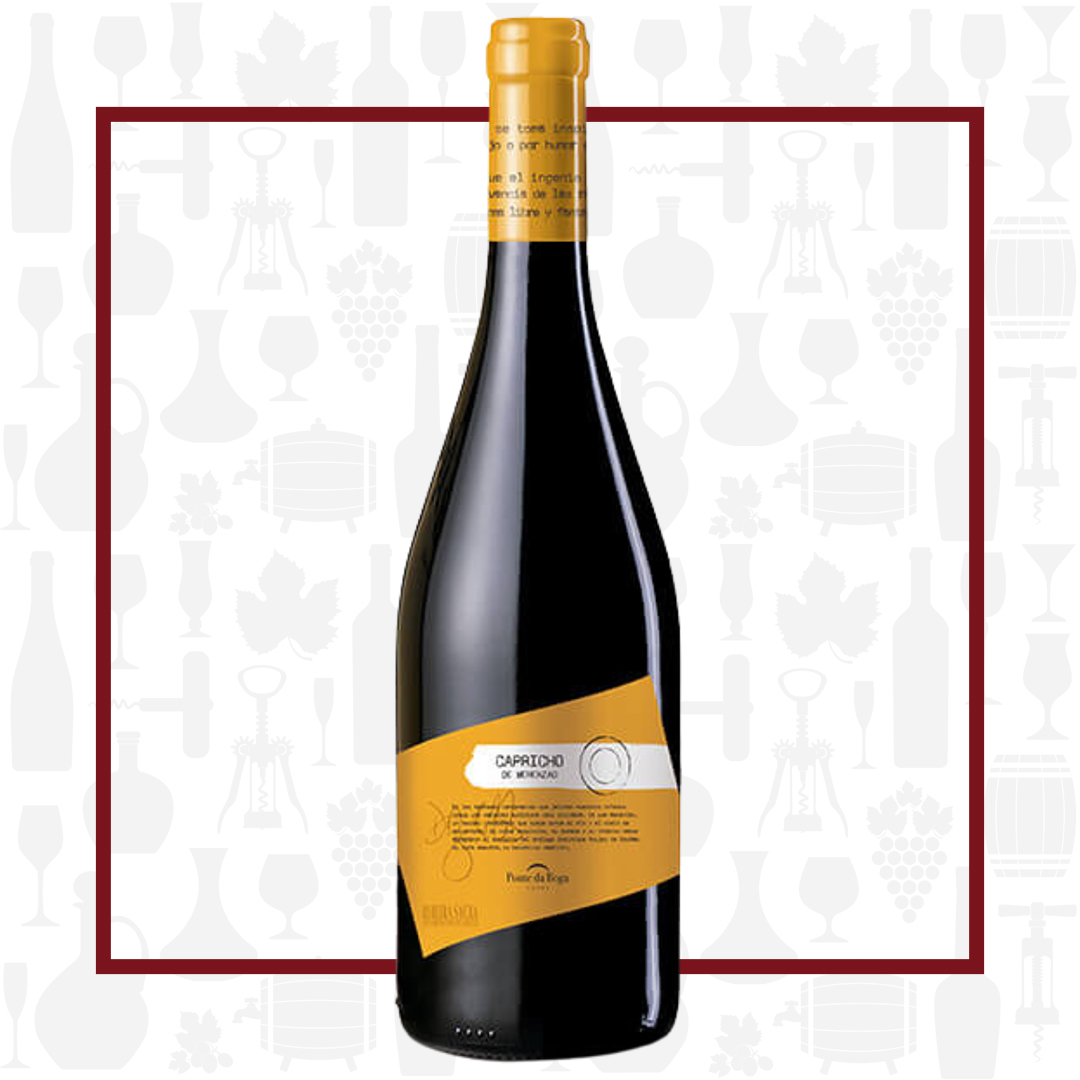Cellar Profile
Founded in 1898, Ponte da Boga is Ribeira Sacra’s oldest winery. It was purchased in 2006 by the Rivera family, who have focused their efforts on growing and vinifying ancient, autochthonous regional varieties including Godello, Mencia and the ultra-rare Merenzao. Their 33 hectares of vineyards surround the canyons of rivers Sil, Mino and Edo. The majority of plots are located on dizzyingly steep slopes where ‘heroic viticulture’ – including manual work using harnesses, sometimes accessed only by boats from the river – is necessary. Their oldest vines are over 100 years old. All are farmed by hand according to the concept of integrated management and only natural preventative measures are used to keep the vines healthy and pest-free. The wines are fresh and elegant, with a subtle complexity and exceptional drinkability.
Region
Located in the heart of Galicia, Ribeira Sacra is one of Spain’s oldest and most obscure wine regions, known for its dramatic, deep valleys and extremely steep, terraced vineyards that cut through its many rivers and tributaries. Ribeira Sacra is home to a wide array of indigenous grape varieties, chief among them for whites being Albariño and Godello (the real star of the region). Red grapes include obscure varieties like Brancellao, Merenzao and Souson, along with the most planted and well known Mencia. The geologic landscape varies greatly, but schist, granite and slate are the most prevalent soil types. Vineyard sites in the region’s west are heavily influenced by the Atlantic ocean and its moderating climatic effect. As you move east and inland, the climate becomes more traditionally Continental. In general, climatic conditions here make grape growing a somewhat difficult process. When combined with naturally low yields and necessary ‘heroic viticulture’, Ribeira Sacra vineyards are labour-intensive and costly to manage. However, the results can be well worth the expense, with the very best wines offering a rare combination of freshness, power, elegance, fruit intensity and complex savoury intrigue. They are at their best at the table alongside a variety of fare, Spanish and otherwise.
Vineyard
Located in the parish of Alais, overlooking the river Edo. These grapes come from vines planted a century ago in the “Large Vineyard” of the Estate, in poor, stony soil on terraces with impressive stone walls more than two metres high. These gnarled old vines must be tended and harvested by hand. The slate and schist underneath give the wines a marked minerality.
Winemaking
After the hand-harvested grapes are de-stemmed and gently crushed, they macerate for 10 days, fermenting slowly, with regular punchdowns. Once malolactic fermentation is complete, the wine is aged in second and third use French oak barrels for 10 months before being bottled unfiltered.
Varieties
Known as Trousseau in Jura and in southeastern France, or Bastardo in other regions of Spain and Portugal, Merenzao is an allowable red grape in the DOs of Galicia, Valdeorras and Ribeira Sacra. It is thin-skinned and prone to botrytis, but thankfully it is also an early budding grape — one of the earliest harvested in the vineyard. It typically makes vibrant, cherry-coloured wines with a heady, aromatic character that are often described as “silky, yet tannic” or “fruity, but sour”. Merenzao can achieve high levels of ripeness and care must be taken to temper alcohol levels. .
Tasting Notes
Interestingly, already showing some tawny notes of aging. Lifted aromatics of sour cherry, raspberry and dried rose. The palate comes across as medium-bodied, but there is some heft on entry. Cherry, strawberry, earth and a touch of dried currant flavours are framed by healthy acids, a touch of tannin and a savoury finish. A beautiful wine to sip on its own, it would also compliment Patatas Bravas, roast chicken or grilled octopus in a romesco sauce.

